
When Leica met Apple
5 min read Oct 25, 2024
In the world of photography, there are few marques as influential as Leica. In the world of design, there are few people as revered as Jonathan (Jony) Ive and Marc Newson. Eleven years ago, these two designers got together with Leica to design a one-of-a-kind camera — an object d’art that eventually fetched 1.8 million dollars at auction.
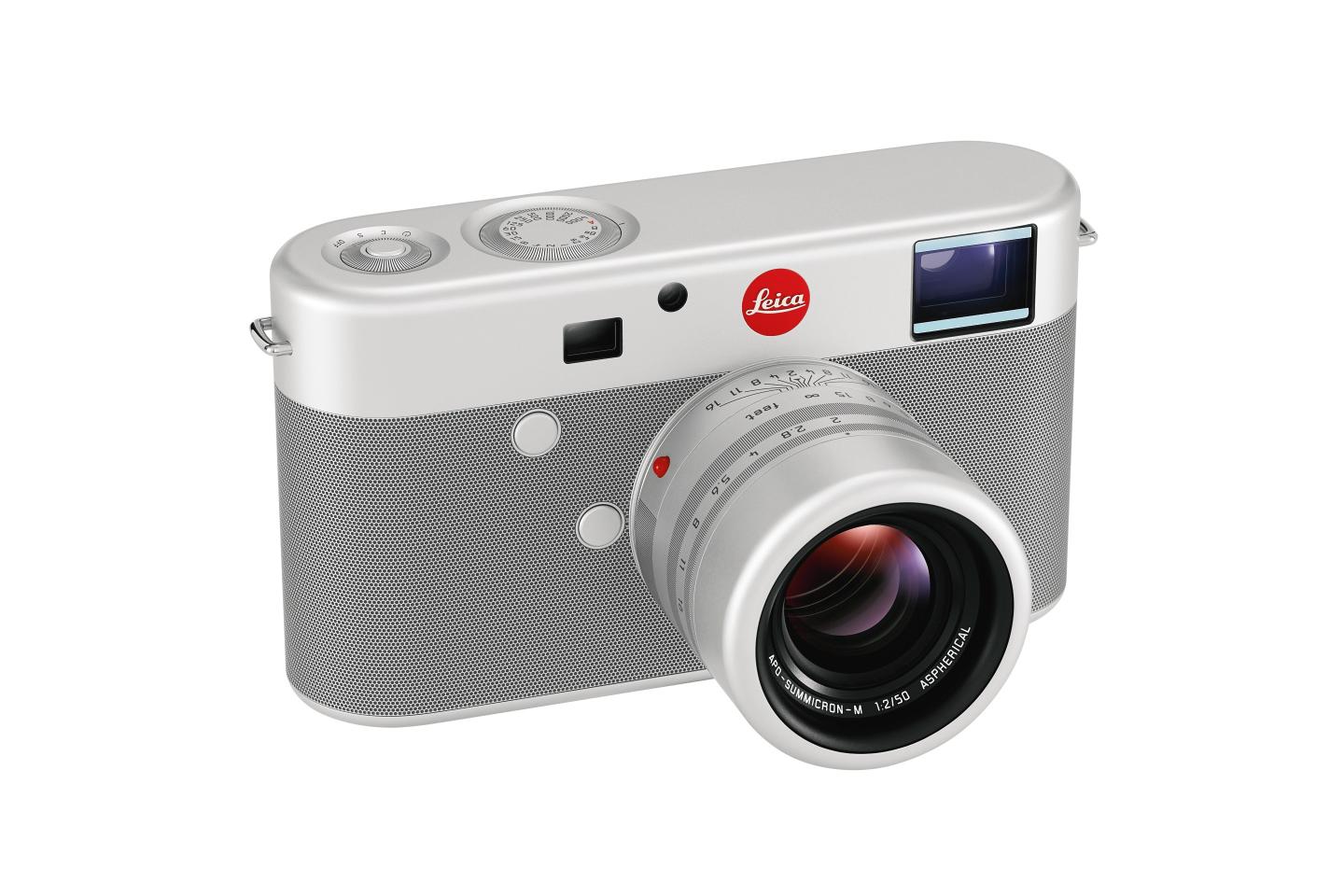
The camera, prominently featured in the catalog accompanying the auction resembles the Leica M (Typ 240) that it based off of. Yet, little has been said about the specific decisions made to arrive at its final form.
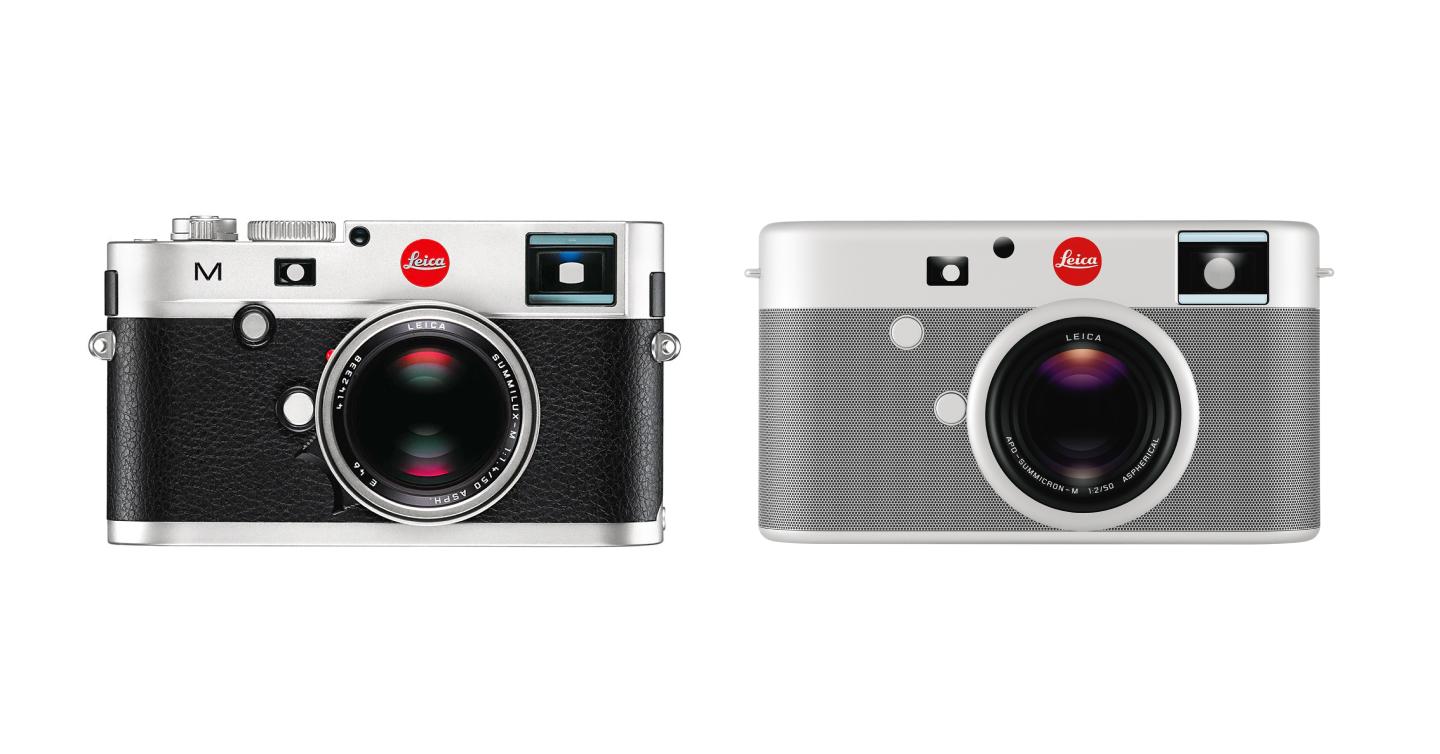 M (Typ 240) to the left
M (Typ 240) to the left
A custom-made, one-of-a-kind book was auctioned alongside the camera, but I doubt we could ever peak inside.

Looking closer at the camera, we can see that it can speak for itself. The transformations that Jony and Marc made reveal their intentions.
Reduction
Simplicity through reduction is a theme in both Jony and Marc’s work. By reducing a product down to its essence, its true potential is unlocked.
Jony and Marc removed the microphone and video button on the top plate and the speaker on the back.


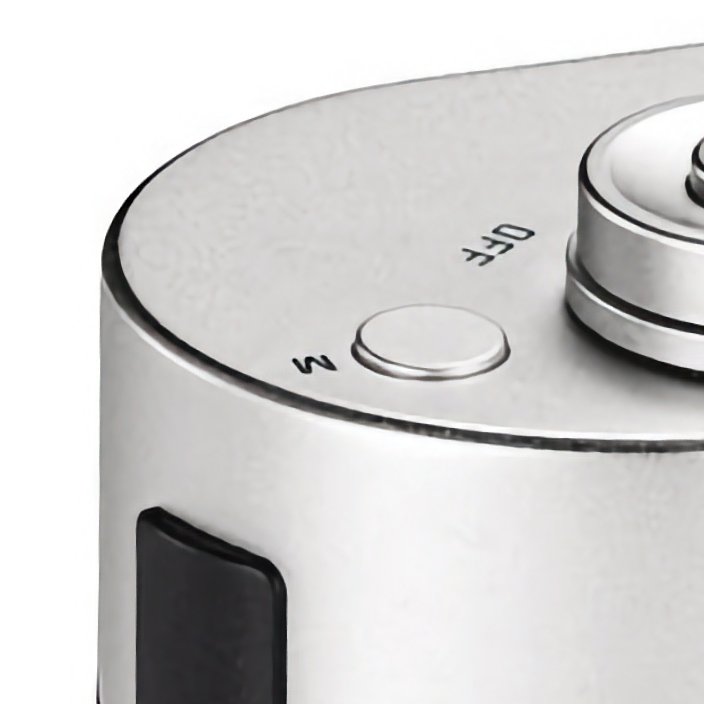
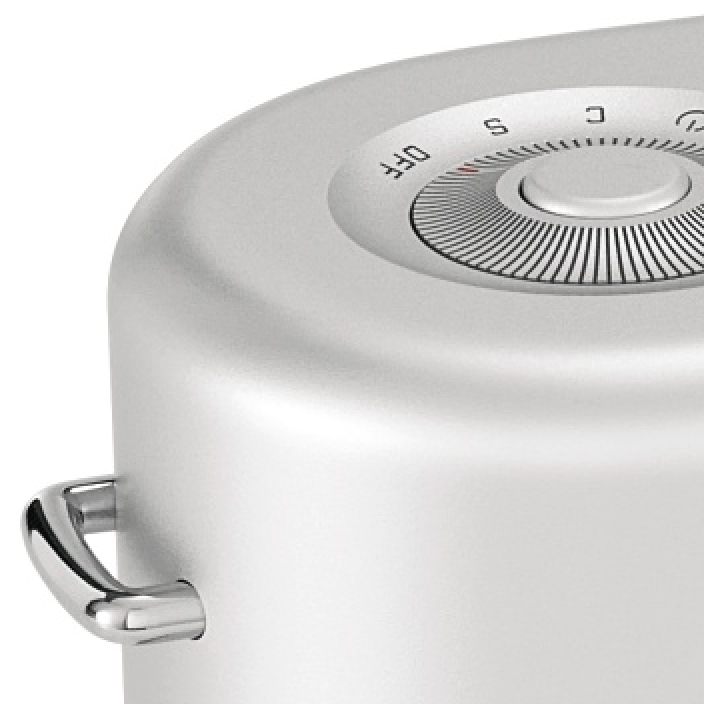
They then removed the hotshoe, EVF port, and flash sync speed indicator on the shutter speed dial.

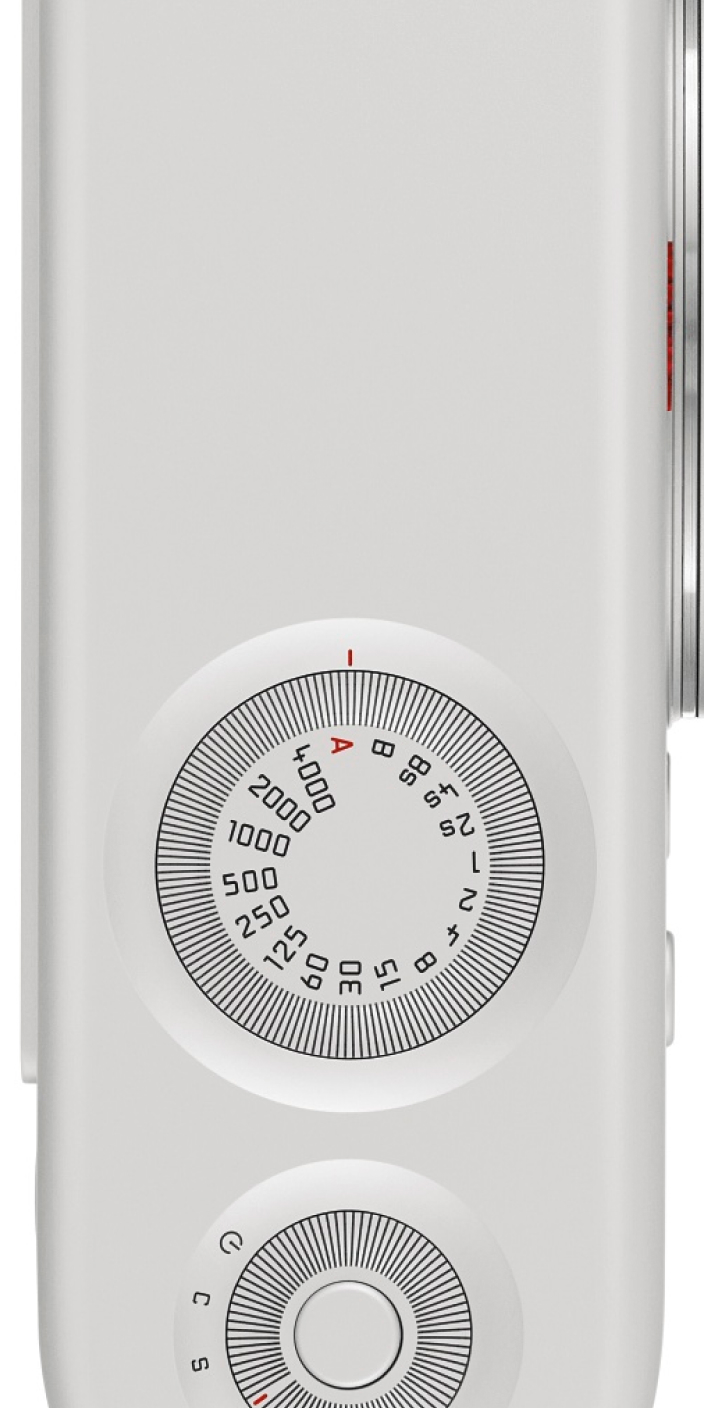
These changes have aesthetic consequences, but more importantly, they focus the camera. Video, flash, and EVFs are all out of the equation.
This camera becomes purely about available light photography through the rangefinder. That is the essence of the Leica M.
Refinement
A second theme in Jony and Marc’s work is refinement. By applying Gestalt principles, they bring harmony to their work.
In this camera, that starts with the flattened top, rounded corners and squared off strap lugs, which both simplify the camera’s form. The flattened top allows the shutter speed dial and mode switch to sink into the body.
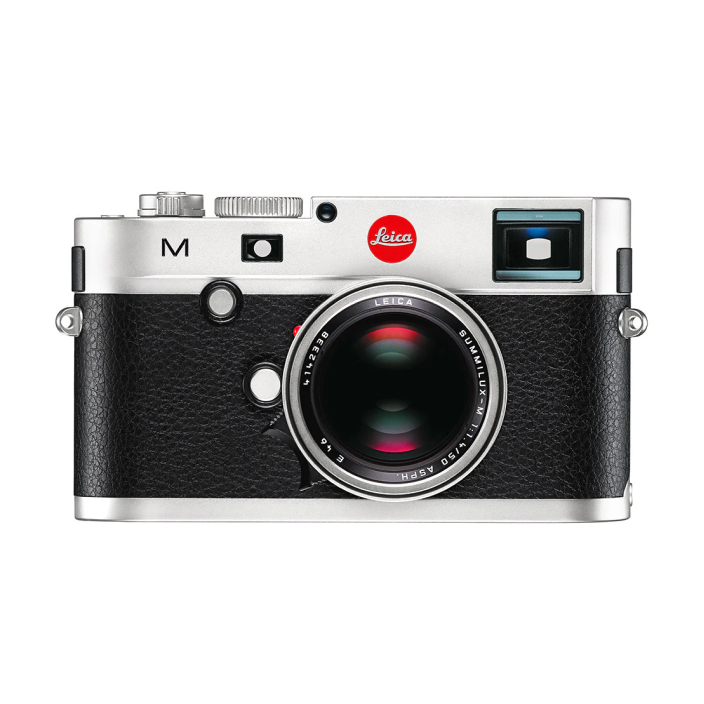

The wheel at the back is replaced by two buttons. The individual elements are all aligned. These few changes are about symmetry.
 M (Type 240)
M (Type 240)
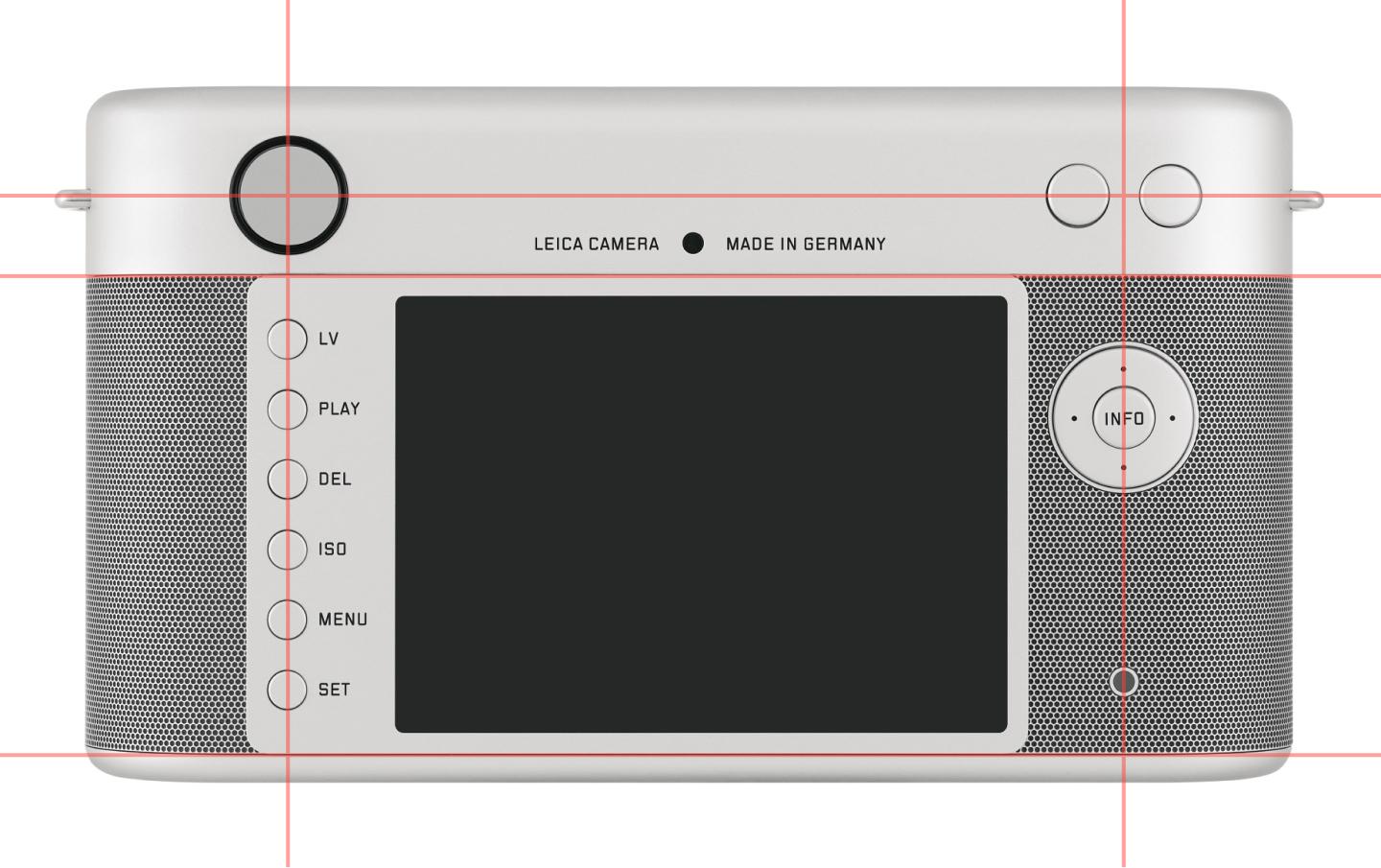 Jony and Marc’s Leica
Jony and Marc’s Leica
 M (Type 240)
M (Type 240)
 Jony and Marc’s Leica
Jony and Marc’s Leica
The lens is completely redesigned into a simple cylinder, its surface only interrupted by markings. The distance scale is reduced to feet only, perhaps a nod to Jony’s life in the US or his childhood in the UK.


At its front, the word aspherical is spelled out and all the text is shrunk down in order to stay right side up.
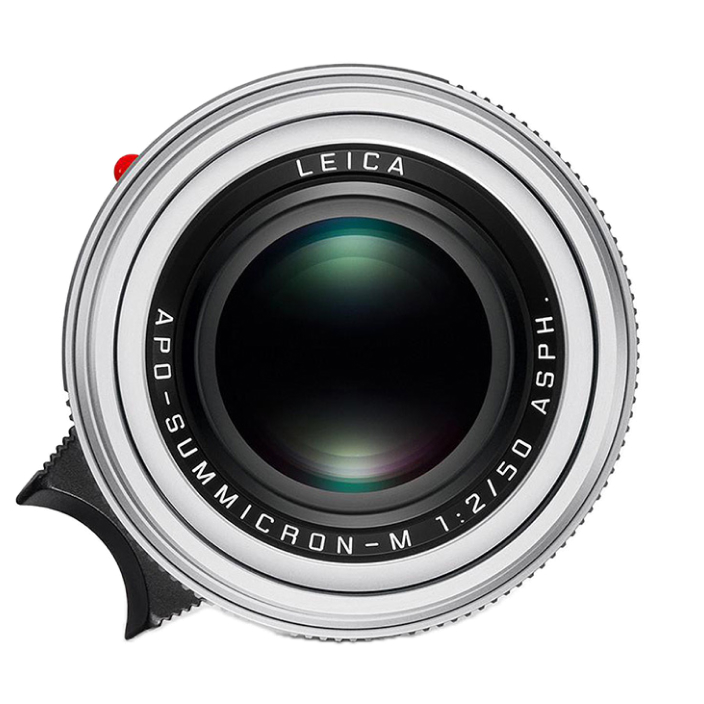
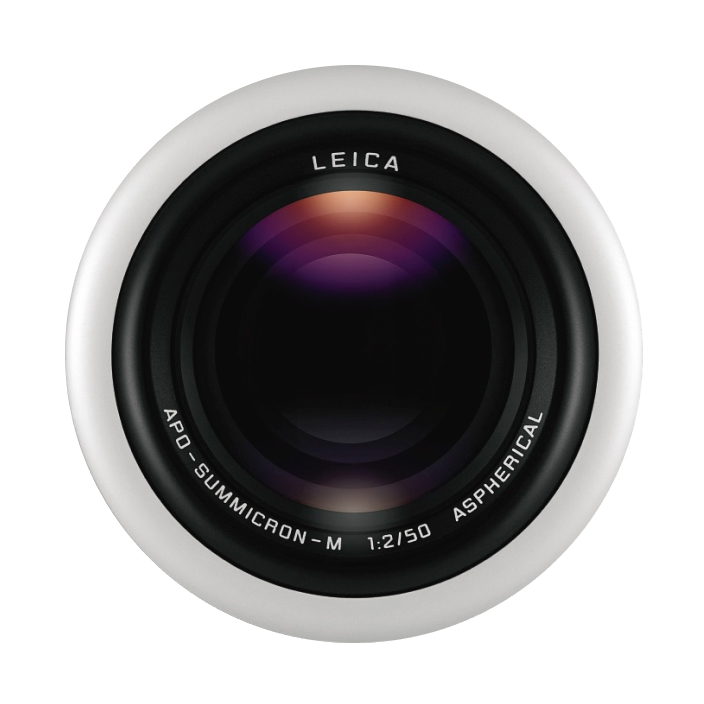
Finally, they remove the model designation.
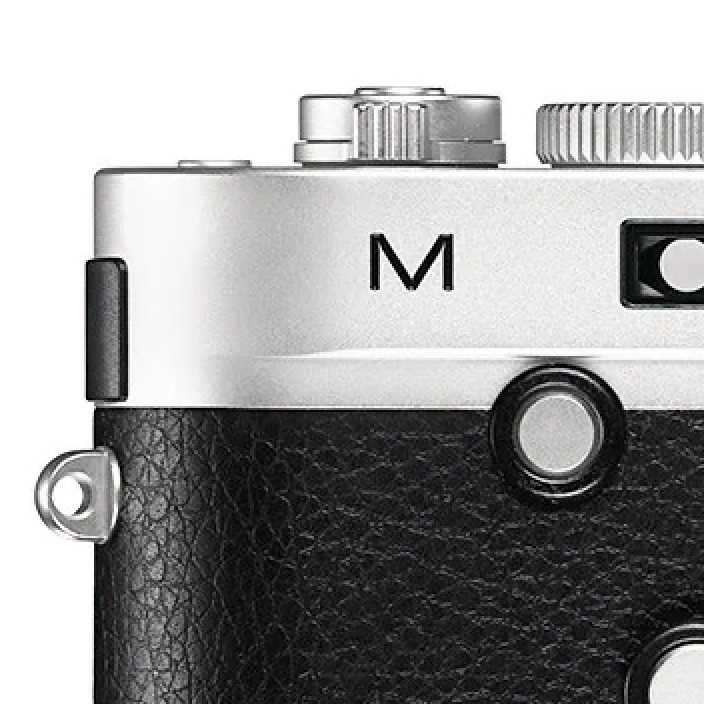
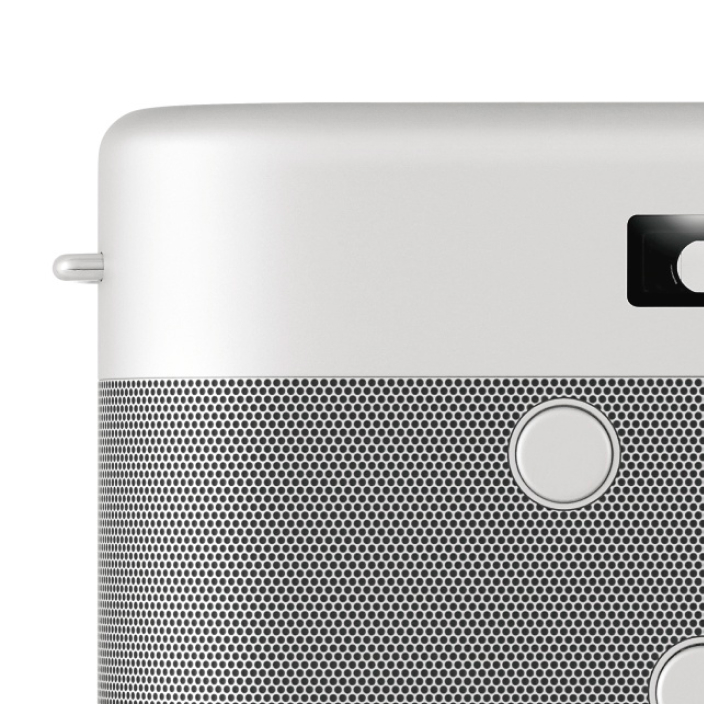
The end result is a camera that is nearly the platonic ideal of an M, yet still contains within it all the functionality that allows its operation. It’s a balance of simplicity and complexity.
Innovation
If there is a value that speaks loudest in Jony and Marc’s work, it’s innovation. For Marc, it manifests as futurism. For Jony, it’s timelessness.
With this camera, they bucked tradition and reimagined the Leica M using the latest technology.
The now-famous leatherette is replaced with over 21,000 hemispheres machined out of aluminum using a laser.
 M (Type 240)
M (Type 240)
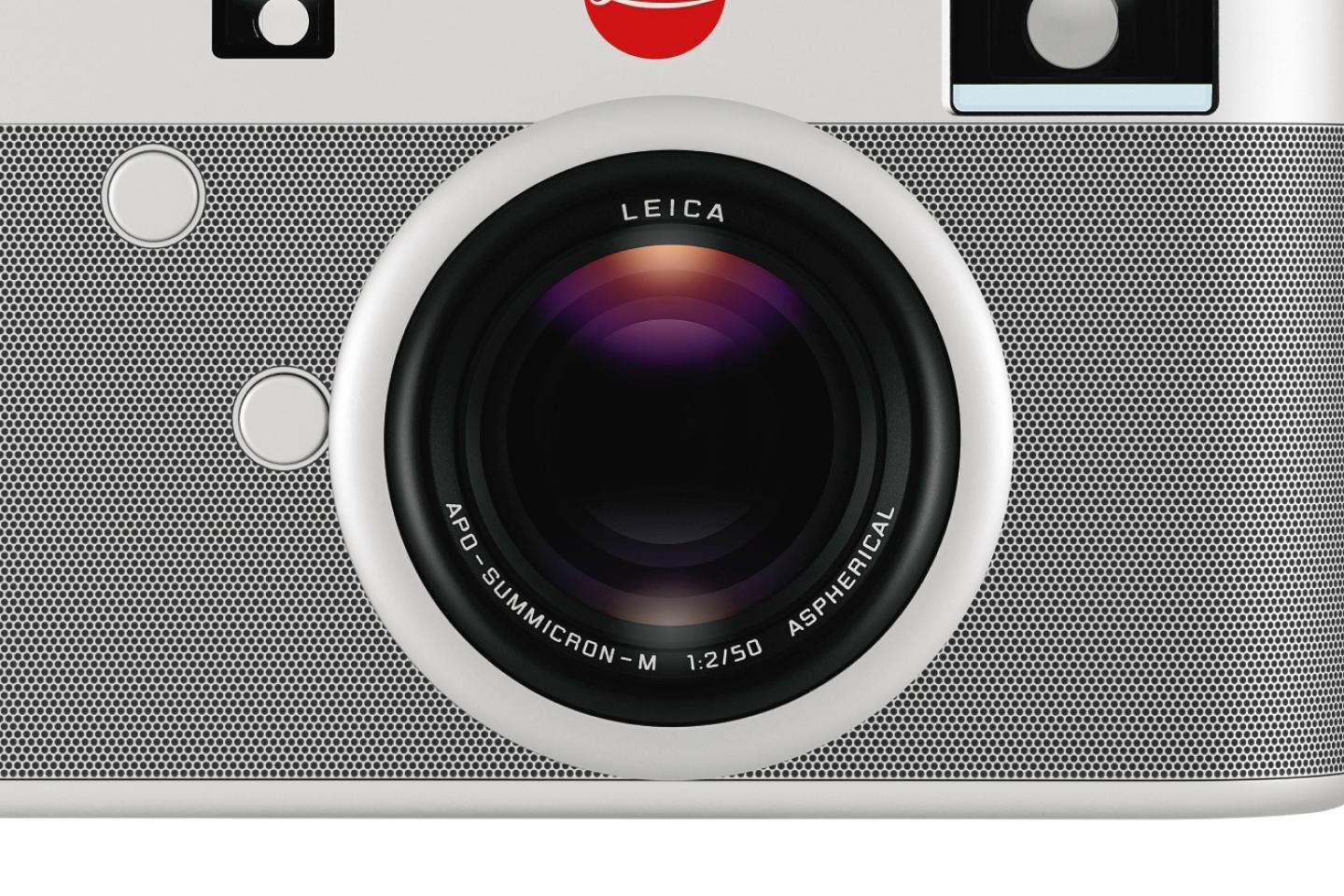 Jony and Marc’s Leica
Jony and Marc’s Leica
The laser is applied again in a technique also used on the Apple Watch’s digital crown for the grips on the lens rings and top plate dials.
Traditionally, the markings on Leicas are first engraved and then filled with enamel.
In Jony and Marc’s Leica all color is gone aside from the subtle red A on the shutter speed dial. The markings appear in the natural color of the material after etching.
The sum total of these changes is a Leica that is thoroughly modern and unencumbered by past models.
The philosophy behind the design
This camera, in auction, was accompanied by a quote from Jony and Marc.
“Simplicity is not about the absence of clutter, but comes from a deep understanding of every element’s purpose. As a result, a simple design will reveal the true personality of an object, with all its quirkiness.”
Seeing the changes they made, we can now understand the meaning behind that quote.
Through reduction, they reveal the quirkiest part of the Leica M — the marrying of a optical rangefinder with a modern digital stack. Through refinement, they make it instantly recognizable as not just a camera, but a Leica M. Through innovation, they make it thoroughly modern.
Ideas that remain accessible
Though only one of these cameras was ever released to the public, its ideas permeate M cameras that came after.
The vertically-aligned buttons are present in the M10 and M11. The M11 aligned the screen with the leatherette. The M10 and M11 lack video functionality, again narrowing the M’s focus on stills photography.
Most of us will never use, let alone see, Jony and Marc’s Leica. Yet we can enjoy some of their ideas in Leicas available to all.
Photos of the Leica M (Typ 240) courtesy Leica. Photos of Jony and Marc’s Leica courtesy Sotheby’s. Video of laser machining Jony and Marc’s Leica courtesy Product Red. Video of laser machining Apple Watch courtesy Apple. Video of engraving and enamel-painting Leica courtesy Leica.